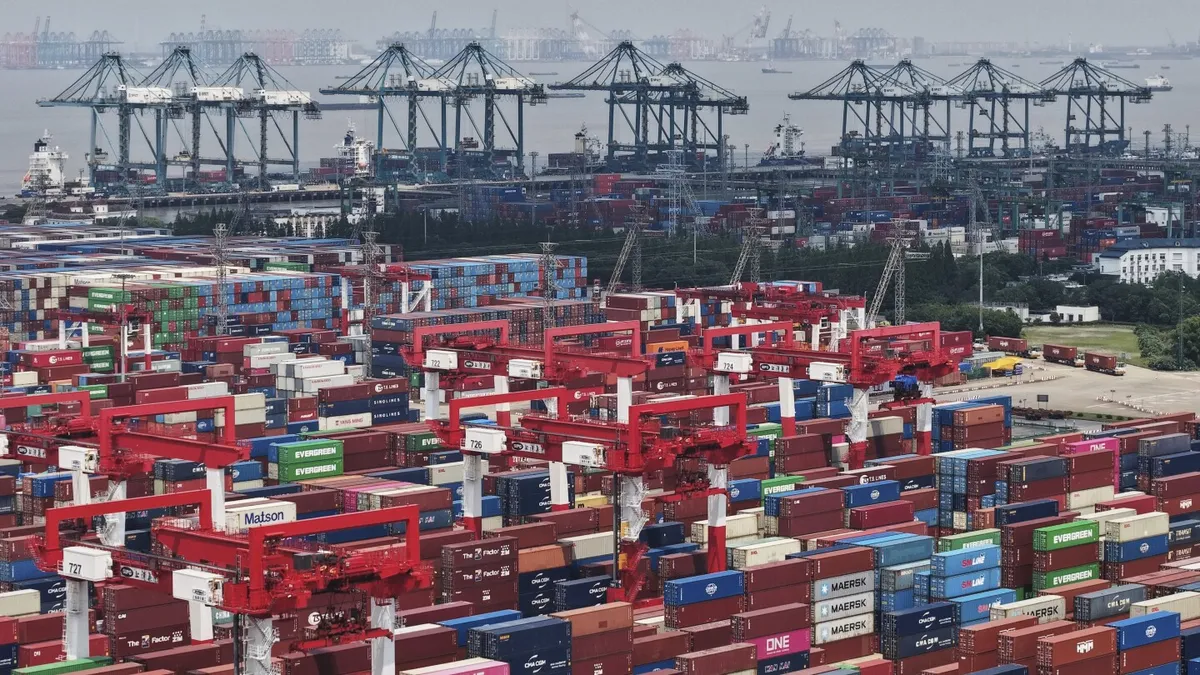
In a significant development for international relations and global economics, the U.S. and China have officially signed a new trade agreement, as announced by President Donald Trump. During a recent statement, Trump expressed optimism about reaching a similar deal with India in the near future. This agreement marks a pivotal moment in the ongoing trade negotiations between these two economic powerhouses.
Commerce Secretary Howard Lutnick confirmed to Bloomberg TV that the trade deal was signed earlier this week, although he did not elaborate on the specifics of the agreement. “We just signed with China the other day,” Trump remarked late Thursday, while Lutnick mentioned that the deal was both “signed and sealed” two days prior. The lack of clarity surrounding the agreement has led to questions about whether it differs from a previous deal announced two weeks ago, which aimed to ease restrictions on American industries seeking vital magnets and rare earth minerals.
Rare earth minerals, essential for high-tech applications, have been at the forefront of U.S.-China trade negotiations. The latest agreement reportedly confirms some details of the framework established during earlier discussions. However, the Chinese Commerce Ministry’s statement did not specifically mention U.S. access to these critical minerals, which are crucial for technologies ranging from electric vehicles to advanced electronics. The ministry indicated that China would expedite approvals for export applications that comply with legal requirements, while the U.S. would lift a series of restrictive measures against China.
This recent agreement follows initial talks held in Geneva earlier in May, which resulted in both countries postponing significant tariff increases that threatened to severely disrupt trade. Subsequent discussions in London helped set the groundwork for the current agreement, which appears to formalize earlier commitments. “The president likes to close these deals himself. He’s the dealmaker. We’re going to have deal after deal,” Lutnick stated, emphasizing the administration's focus on securing trade agreements.
While there has been no announcement of new agreements from China, the country has recently accelerated its approval process for rare earth exports. This decision comes in light of past tensions regarding Beijing's export controls, which have been a significant point of contention in trade discussions. The Chinese Commerce Ministry revealed that it is expediting the review of export licenses for rare earths and has already approved several compliant applications.
In addition to trade negotiations, China is responding to U.S. concerns regarding fentanyl production. Last week, the Chinese government designated two new substances as precursor chemicals for fentanyl, thereby subjecting them to stringent production and export regulations. This move aligns with Trump’s demands for China to take stronger action against the flow of fentanyl precursors to Mexican drug cartels.
The ongoing trade negotiations and rapidly changing policies are impacting the economies of both nations. The U.S. economy contracted at an annual rate of 0.5% from January to March, partly due to a surge in imports as businesses and consumers rushed to purchase foreign goods before potential tariffs took effect. Meanwhile, in China, factory profits plummeted more than 9% year-on-year in May, with the automotive sector particularly hard-hit.
As the U.S. and China continue to navigate the complexities of their trade relationship, Trump and other U.S. officials are optimistic about finalizing trade deals with additional countries, including India. “We’re going to have deal after deal after deal,” Lutnick concluded, highlighting the administration's commitment to broadening its trade agreements in a rapidly changing global landscape.